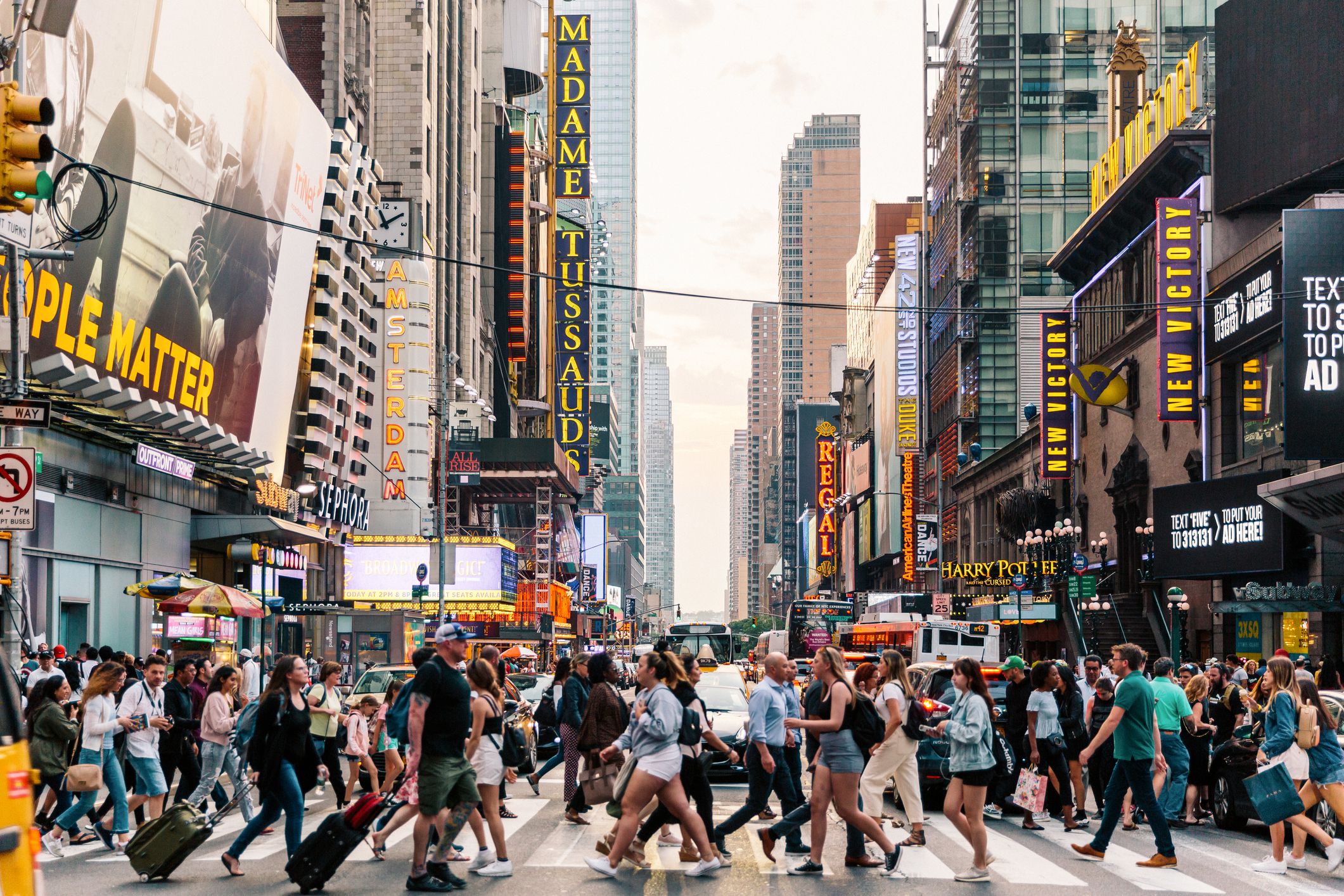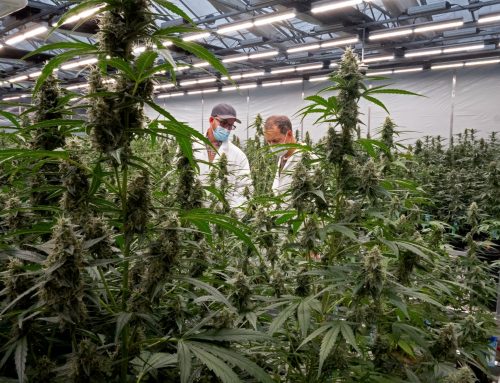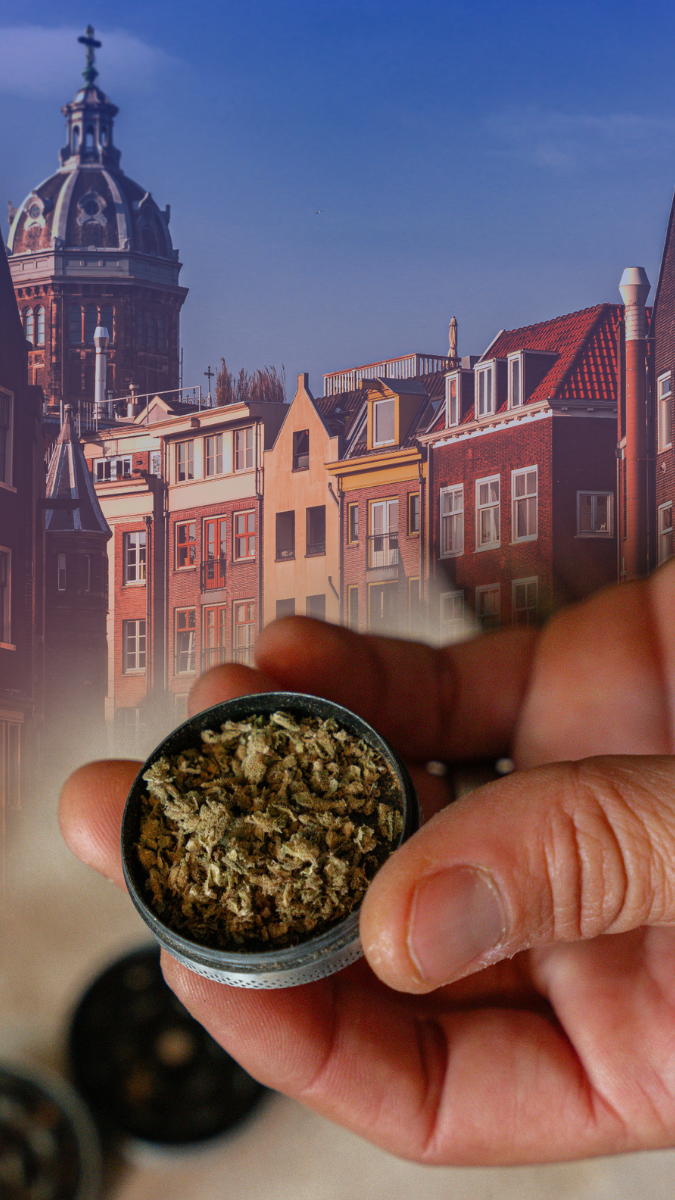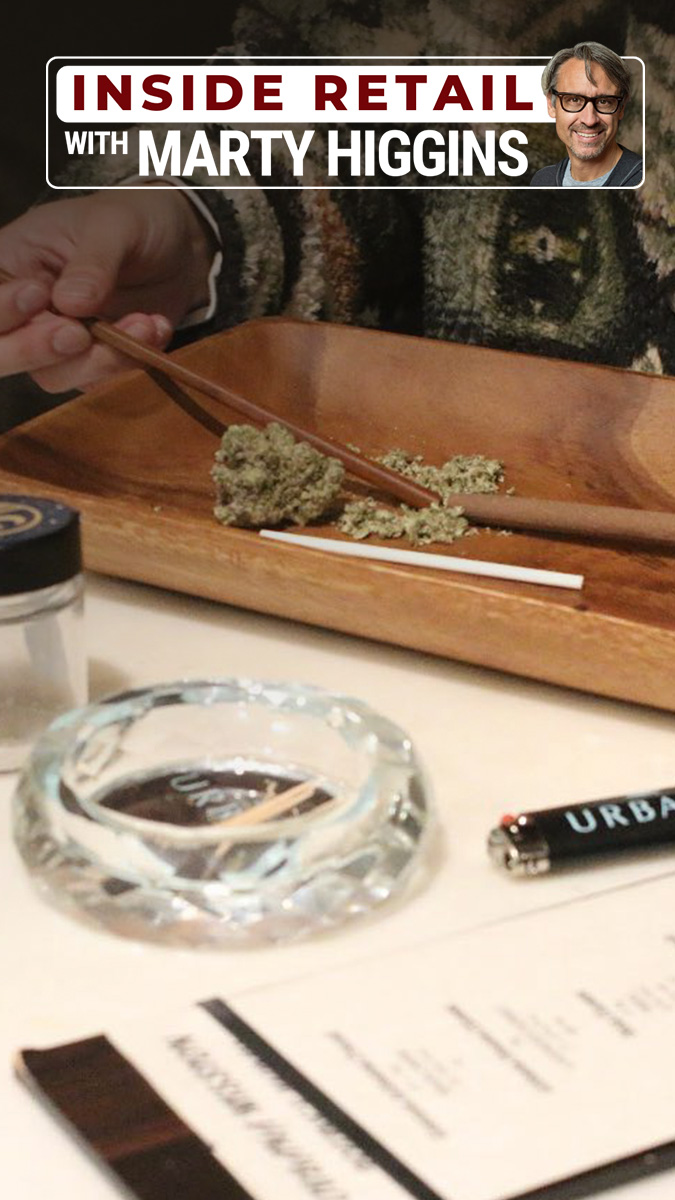Anticipating the Green Rush: New York Sets the Stage for Cannabis Expansion
NEW YORK – In a pivotal move, the New York Cannabis Control Board has greenlit a comprehensive set of regulations that lays the foundation for a significant expansion of the Empire State’s burgeoning cannabis industry.
The regulations, enthusiastically approved by the Cannabis Control Board, meticulously detail the licensing and operational protocols for various facets of the cannabis trade, encompassing dispensaries and delivery services. This monumental development comes after New York legalized cannabis for adults aged 21 and older in March 2021, placing the state on the forefront of the burgeoning cannabis wave.
Experts contend that, aside from California, no other state attracts as much business and consumer fervor in the cannabis sector as New York does. Regulatory authorities are bracing themselves for a deluge of applications from aspiring entrepreneurs eager to tap into this burgeoning market.
Here are five key takeaways:
- The Regulatory Landscape: The newly approved regulations delineate the prerequisites for eight distinct types of cannabis businesses, spanning plant nurseries, cultivators, processors, cooperatives, distributors, dispensaries, delivery services, and microbusinesses. These licenses are categorized into two broad domains: supply and retail. Notably, these rules prohibit individuals, corporations, or other entities from having stakes in both categories simultaneously, thus preventing market monopolization.
- Priority Status for Equity Applicants: The regulations elucidate the criteria for attaining priority status as a social and economic equity applicant. This designation is conferred upon individuals disproportionately impacted by anti-cannabis enforcement, minority- and women-owned businesses, distressed farmers, and service-disabled veterans.
- Transition for Existing Cannabis Enterprises: Commencing in December, existing medical cannabis companies will have the opportunity to pivot into the adult-use recreational market as both retailers and wholesalers. These firms, in contrast to most others, will be permitted to cultivate, manufacture, and vend their own products, albeit at the cost of a special licensing fee amounting to $20 million. This fee grants the right to establish up to three adult-use dispensaries in locations where medical cannabis is already sold.
- Addressing the Retail Dilemma: With over 300 cultivators and processors currently operating under conditional licenses, those in good standing will be able to transition to a general (nonconditional) license. However, the lack of funding and legal bottlenecks in licensing have resulted in a dearth of retail outlets, leaving cultivators and manufacturers holding a substantial cannabis stockpile worth approximately $6 billion this fall.
- The Long Road to Legalization: Although legalization occurred more than two years ago, the process was marked by the establishment of a new cannabis agency and board, coupled with gubernatorial changes. This delayed the appointment of leadership roles. It took a year to set up the agency, study the experiences of other states, and cultivate the initial crop. Regulatory authorities introduced the draft rules last November, subsequently revising them in May. Finally, in August, these rules became eligible for adoption.
What Lies Ahead? Regulators plan to unveil additional guidance this week pertaining to application submission and certification for social and economic equity applicants. Applications are scheduled to be accepted beginning on October 4th for a 60-day window. Application and licensing fees, which range from $750 to $300,000 (excluding the special fee for medical cannabis companies), will be reduced for equity applicants. Additionally, they will receive mentorship, training, and technical support through a network of support centers that the state intends to establish.
Remarkably, New York has refrained from imposing a cap on the number of available licenses. Nevertheless, some analysts predict that the state will require nearly 2,000 dispensaries to meet the anticipated consumer demand. Notably absent from the current regulatory framework are guidelines for on-site consumption, such as smoking lounges, which were authorized by the legalization law.
In a remarkable turn of events, during the public comment period at the meeting, numerous licensees and legalization advocates urged regulators to delay the inclusion of medical cannabis companies in the recreational market. The decision to expedite this transition had stirred controversy, with many arguing that it could enable these companies to monopolize the market and undermine the state’s efforts to rectify the social and economic injustices stemming from decades of racially biased cannabis enforcement.
Adding to the intrigue of the day’s proceedings, Axel Bernabe, the chief of staff and policy director of the Office of Cannabis Management, which oversees the state’s marijuana and hemp programs, announced his resignation. Bernabe, a key architect of New York’s cannabis program since 2015, cited his intention to step down once the adult-use regulations were in place.
As New York readies itself for the cannabis boom, these regulations signify a significant stride forward in shaping the state’s cannabis landscape. With bated breath, industry players and observers await the forthcoming flurry of applications and the transformative impact of this nascent industry on the state’s economic and social fabric.



































